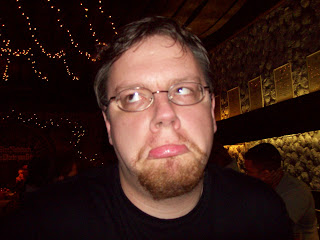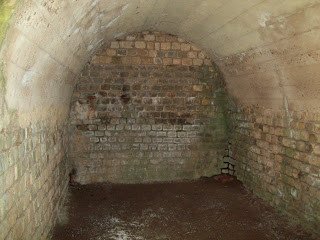These pictures are a little out of order but Alex and I went on the Rhine River Cruise with the USO and we participated in a wine tasting after we docked in Assmanshausen.
So we tried 4 types of wines...
But in this picture I am drinking a FIRST PRIZE Hans had poured for me because I answered a question correctly.
 This was FIRST PRIZE...a full glass of wine.
This was FIRST PRIZE...a full glass of wine. This is Alex's face because he did not get to have a FIRST PRIZE.
This is Alex's face because he did not get to have a FIRST PRIZE.  Rheinstein Castle from the River Boat. We had toured the inside of this castle earlier that morning. It was beautiful. Rheinstein means Rhine Stone. We viewed a lot of castles on our two hour river cruise.
Rheinstein Castle from the River Boat. We had toured the inside of this castle earlier that morning. It was beautiful. Rheinstein means Rhine Stone. We viewed a lot of castles on our two hour river cruise.  The Pfalz located in the middle of the Rhine River in the town of Kaub. This castle was once used as a prison. It is unique because it is the only castle that has a dungeon whose floor moves up and down when the water rises or falls. It also was built like the bow of a ship in the front so the water moves around it.
The Pfalz located in the middle of the Rhine River in the town of Kaub. This castle was once used as a prison. It is unique because it is the only castle that has a dungeon whose floor moves up and down when the water rises or falls. It also was built like the bow of a ship in the front so the water moves around it. The famous Loreley Rock. The legend says sailors would lose their lives in the Rhine River because they would see a young mermaid sunbathing on the top of the rock and would be so memorized by the sight, their ships would crash into the rock and they would die. As the boat sails past, The Song of the Loreley is played.
The famous Loreley Rock. The legend says sailors would lose their lives in the Rhine River because they would see a young mermaid sunbathing on the top of the rock and would be so memorized by the sight, their ships would crash into the rock and they would die. As the boat sails past, The Song of the Loreley is played. 






































